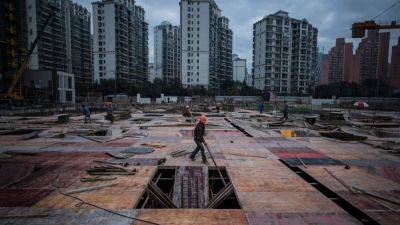How China Built BYD, Its Tesla Killer
China’s BYD was a battery manufacturer trying its hand at building cars when it showed off its newest model in 2007. American executives at the Guangzhou auto show gaped at the car’s uneven purple paint job and the poor fit of its doors.
“They were the laughingstock of the industry,” said Michael Dunne, a China auto industry analyst.
Nobody is laughing at BYD now.
The company passed Tesla in worldwide sales of fully electric cars late last year. BYD is building assembly lines in Brazil, Hungary, Thailand and Uzbekistan and preparing to do so in Indonesia and Mexico. It is rapidly expanding exports to Europe. And the company is on the cusp of passing Volkswagen Group, which includes Audi, as the market leader in China.
BYD’s sales, over 80 percent of them in China, have grown by about a million cars in each of the past two years. The last automaker to accomplish that in even one year in the American market was General Motors — and that was in 1946, after G.M. had suspended passenger car sales during the four preceding years because of World War II.
“BYD’s growth is unlike anything the industry has seen in many decades,” said Matt Anderson, curator of transportation at the Henry Ford Museum in Dearborn, Mich.
Based in Shenzhen, the hub of China’s electronics industry, BYD has shown how Chinese carmakers can tap the country’s dominance of electrical products. No company has benefited as much from China’s embrace of battery-electric cars and plug-in gasoline-electric cars. These vehicles together make up 40 percent of China’s car market, the world’s largest, and are expected to be more than half next year. Like most Chinese automakers, BYD doesn’t sell its cars in America because Trump-era tariffs remain in place, but BYD







